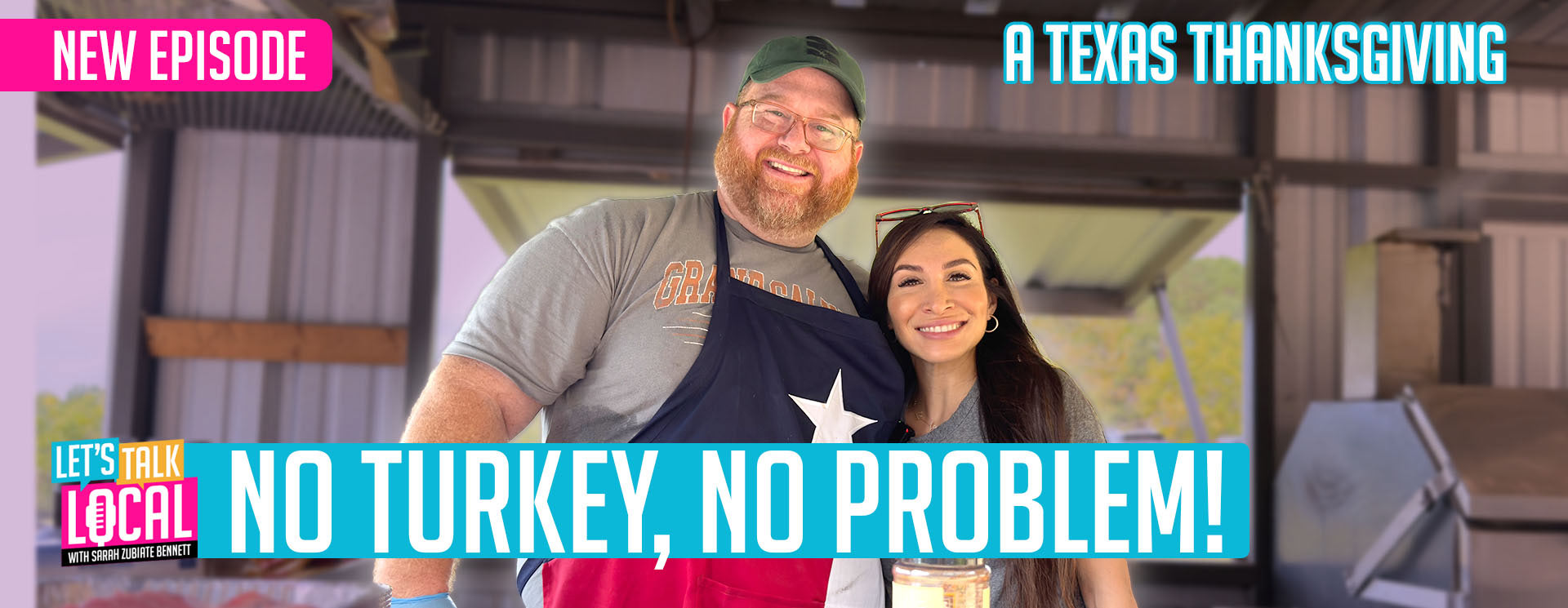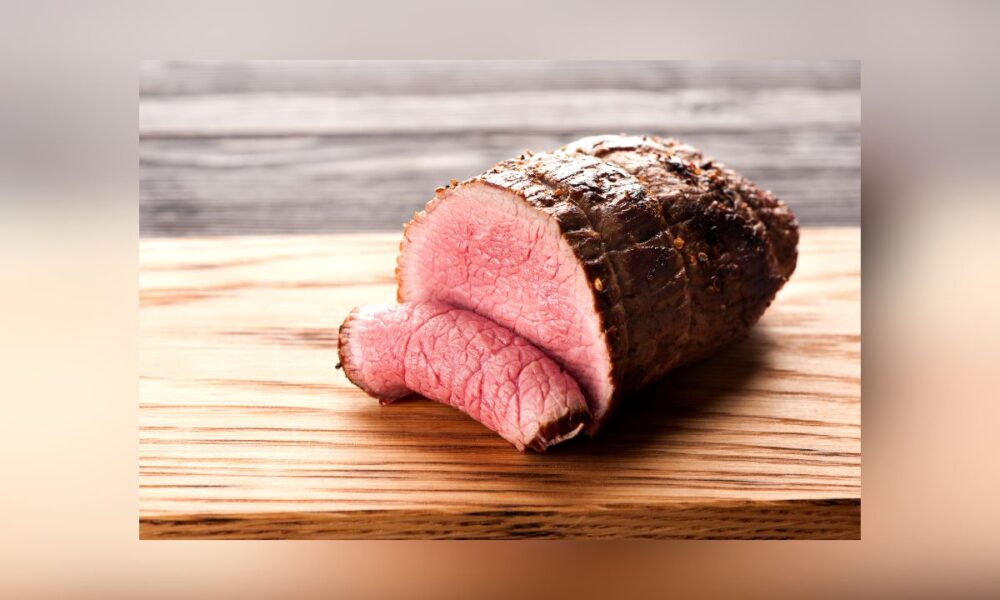Grill season is heating up, but so are beef prices, according to U.S. government data.
The cost of ground beef reached $6.12 per pound in June, a nearly 12% jump from last year, according to the latest Consumer Price Index report. All uncooked beef steaks averaged $11.49 per pound, up 8%, marking a new high as demand outpaces a shrinking cattle supply.
The U.S. cattle herd, at 86.7 million head as of January 1, is down 8% from its 2019 peak and the smallest since 1951, the U.S. Department of Agriculture reports. Texas A&M livestock economist David Anderson said improved breeding has allowed ranchers to produce more beef with fewer cattle, but a three-year drought since 2020 has dried pastures and spiked feed costs, pressuring slim profit margins.
“For them, the balance is, ‘Do I sell that animal now and take this record high check?’ Or ‘do I keep her to realize her returns over her productive life when she’s having calves?’” Anderson said.
Many have opted to sell, including more female cattle, reducing future herds and driving prices up, with cattle now fetching over $230 per hundredweight.
A new challenge emerged with the New World screwworm fly in Mexico, where 4% of U.S. slaughter cattle originate. The flesh-eating larvae prompted a halt to imports last year, adding supply pressure, said American Farm Bureau economist Bernt Nelson.
Meanwhile, President Donald Trump’s tariffs, potentially reaching 50% on Brazilian beef, threaten to raise costs for lean imports vital to ground beef production, though their full impact remains unclear.
Demand remains robust, with beef prices surging 9% this year to $9.26 per pound at retail, per USDA data.
“With the supply side largely fixed, U.S. demand for beef is the linchpin holding together razor-thin profit margins,” Nelson warned, Fox 4 KDFW reported.
Tyson Foods CEO Donnie King called it “the most challenging market conditions we have ever seen,” with the company’s chief supply officer Brady Stewart citing an 18% drop in cows sent to slaughter and a 4% decline in heifers, per Fox 4.
Omaha Steaks CEO Nate Rempe added, “The supply pressure is really putting a lot of upward pressure on price, especially as demand is still so strong.”
Retailers like Walmart and Wendy’s have flagged beef as a key inflation driver. Experts predict modest price dips this fall, but recovery could take two years if herds expand, hampered by high costs and borrowing rates.
“We’ve still got a lot of barriers in the way to grow this herd,” Nelson said, per KATU 2.


